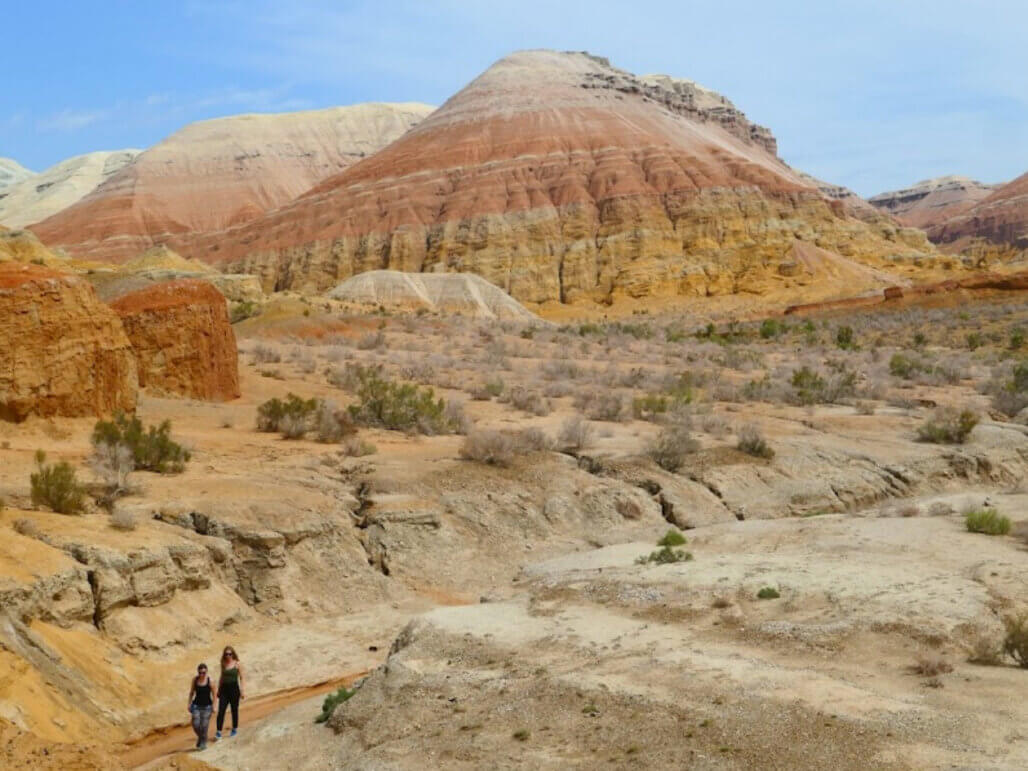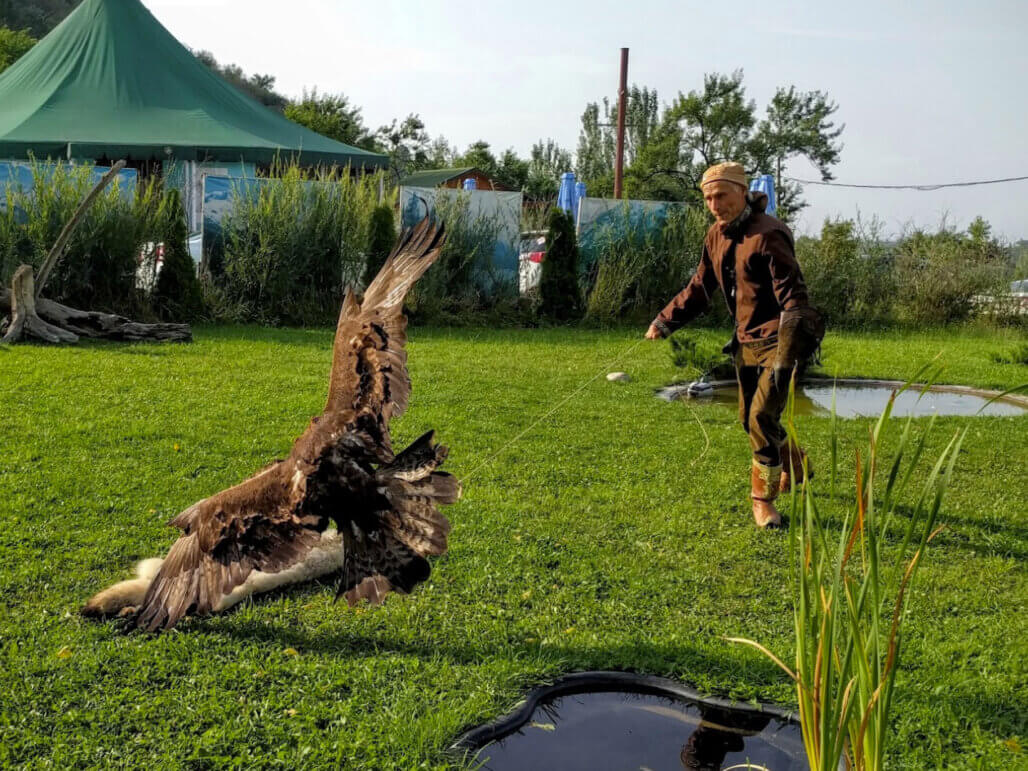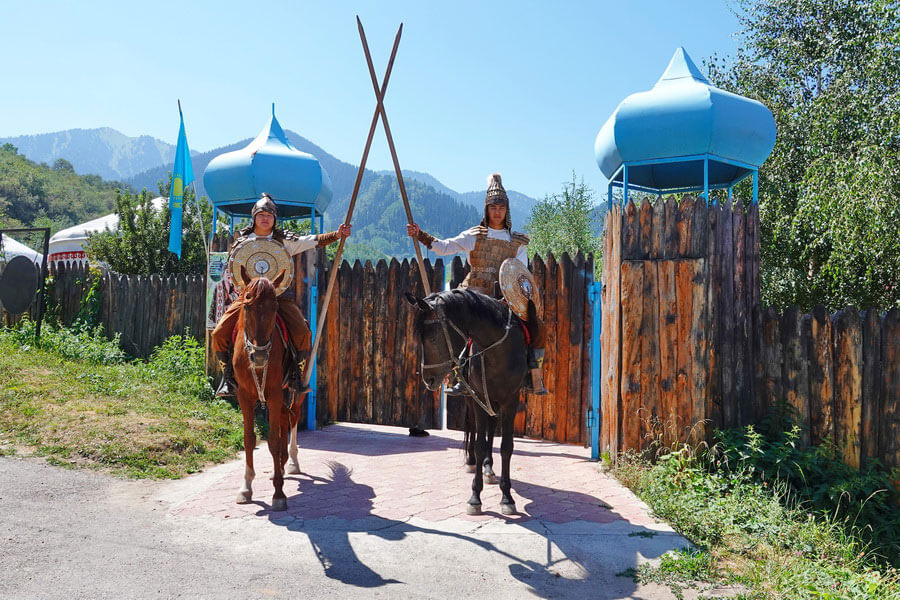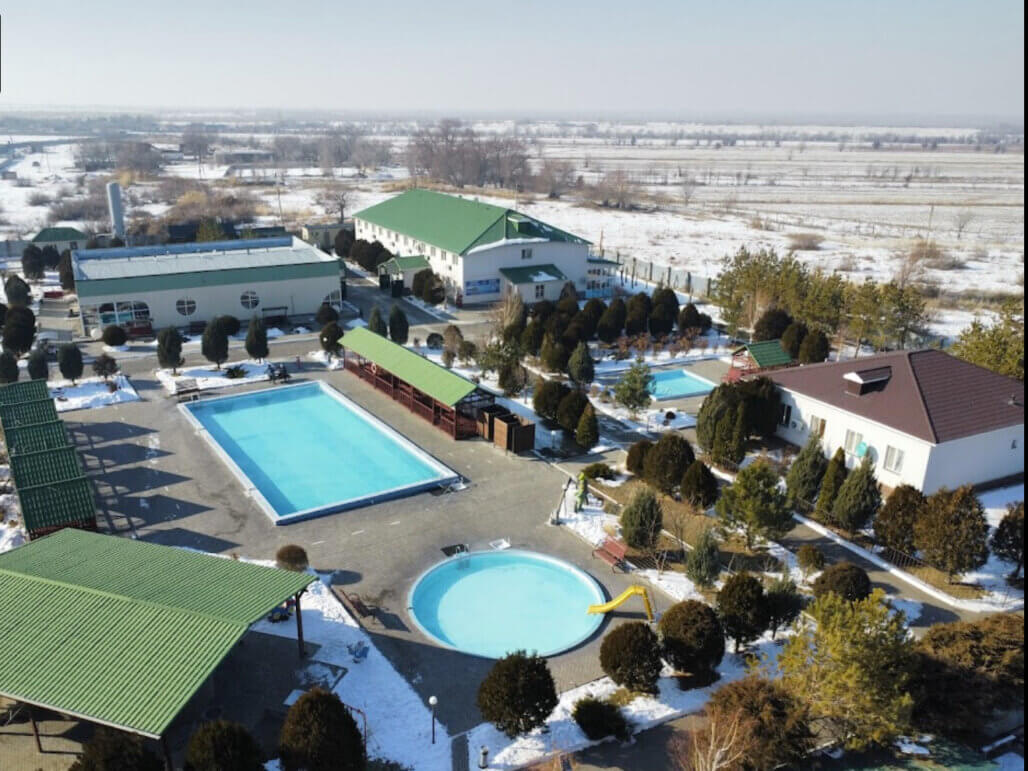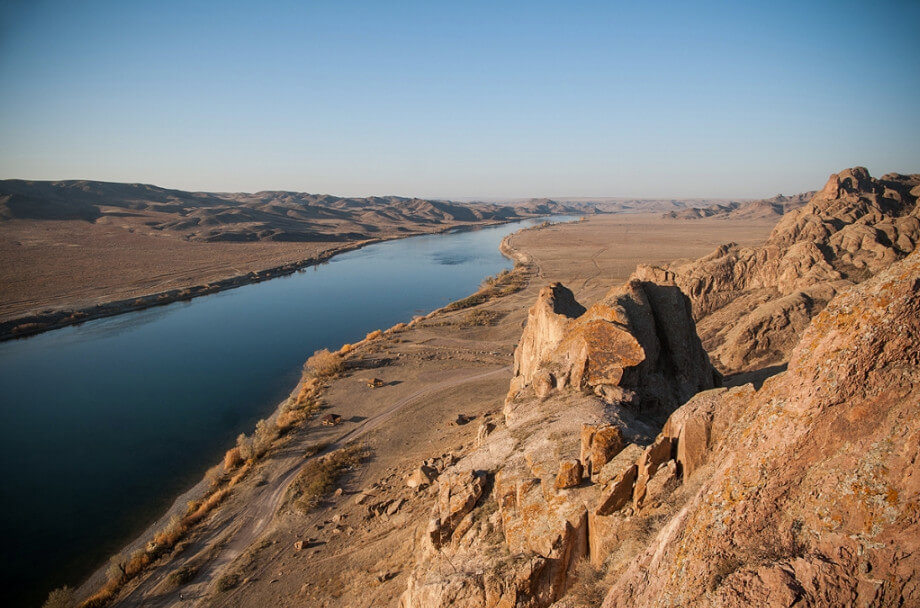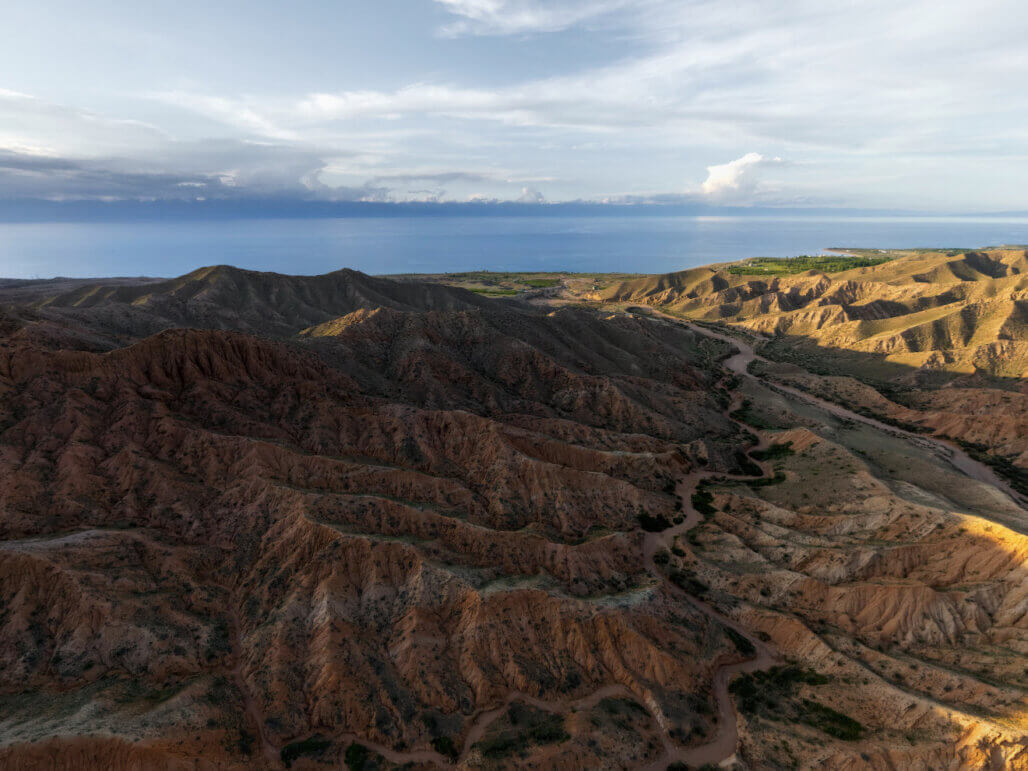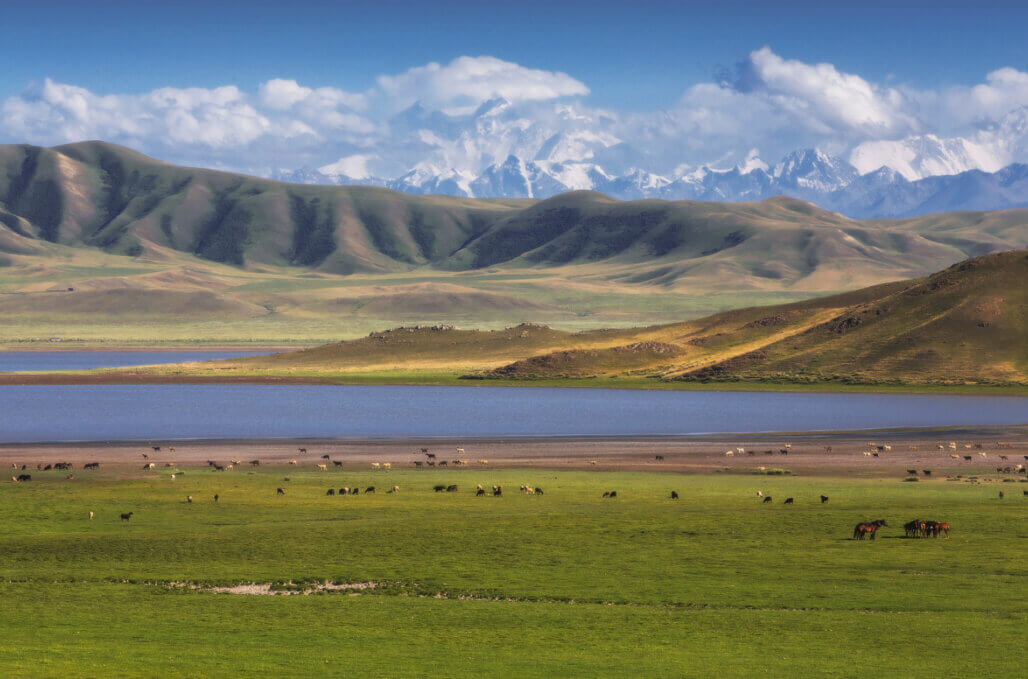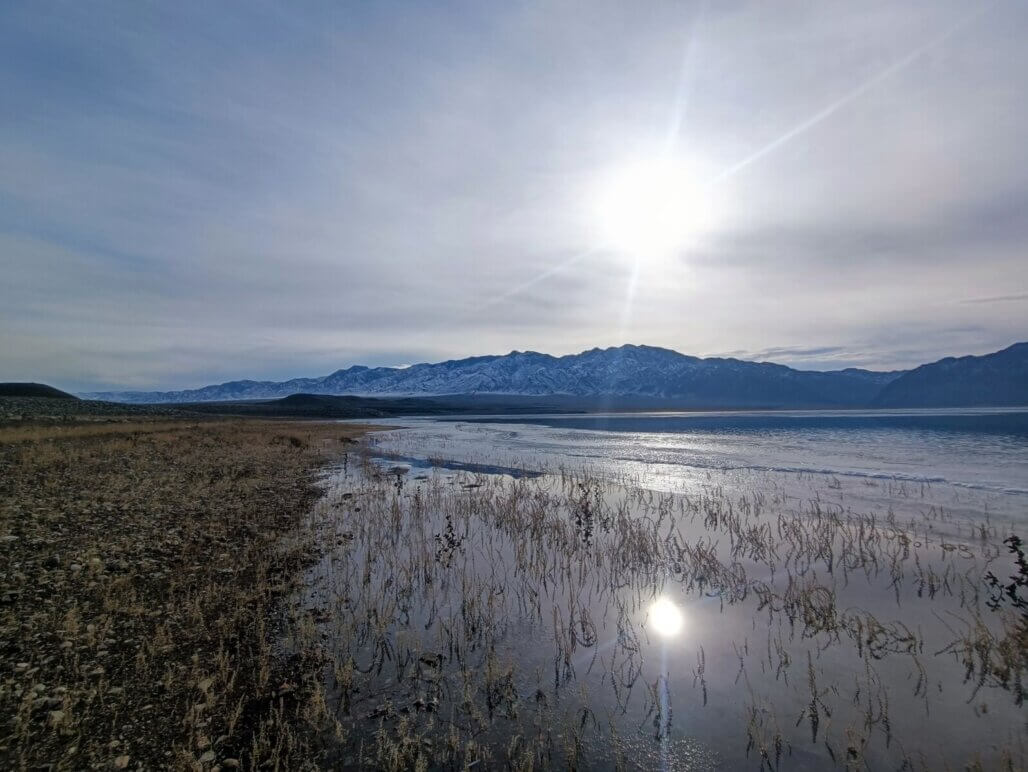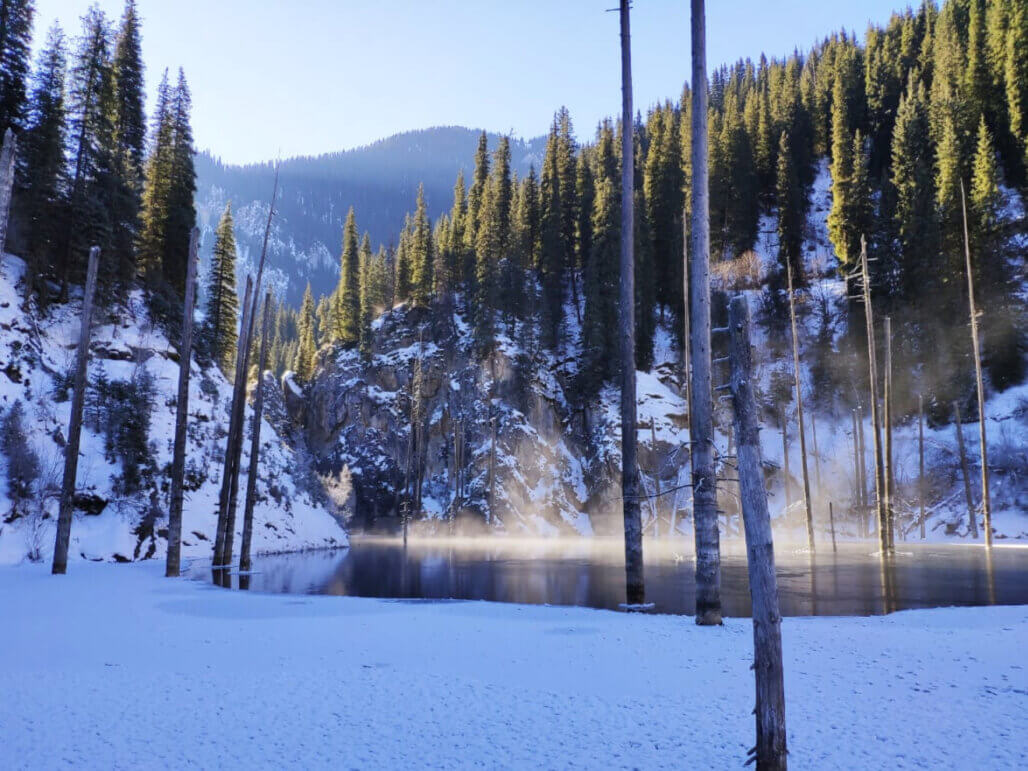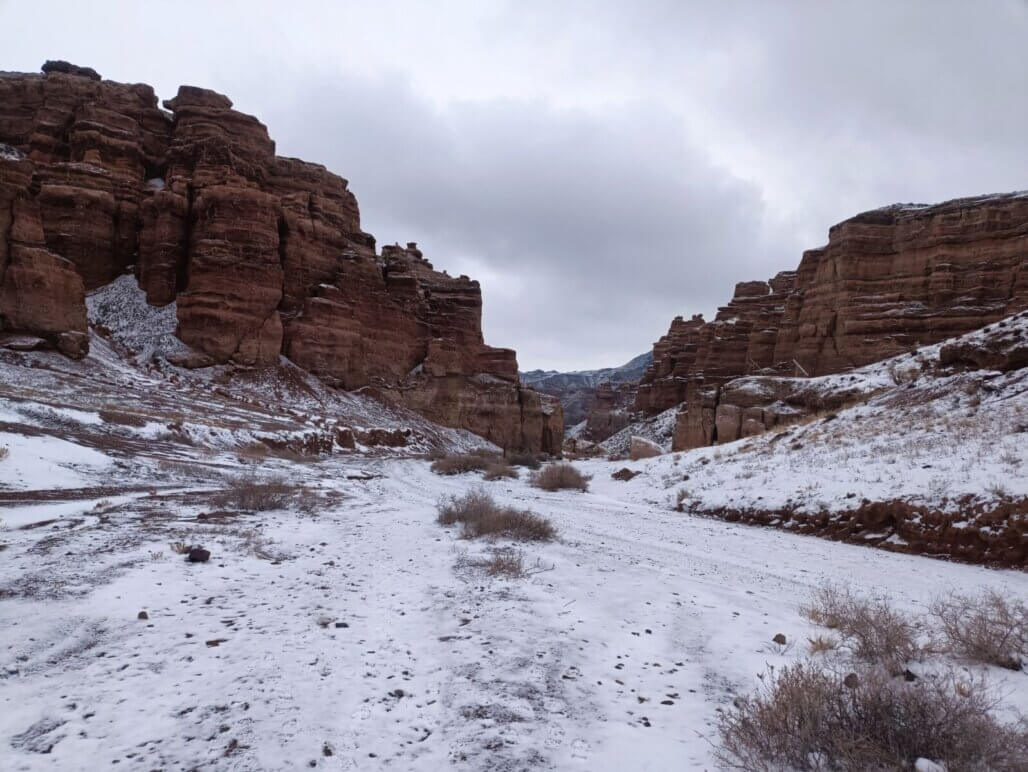Altyn-Emel National Park
Altyn-Emel National Park offers a unique opportunity to explore the natural and cultural treasures of southeastern Kazakhstan, from its sweeping landscapes and geological wonders to its rich biodiversity and ancient heritage. A visit to this remote and beautiful park is sure to be an unforgettable experience for nature lovers and outdoor enthusiasts.

